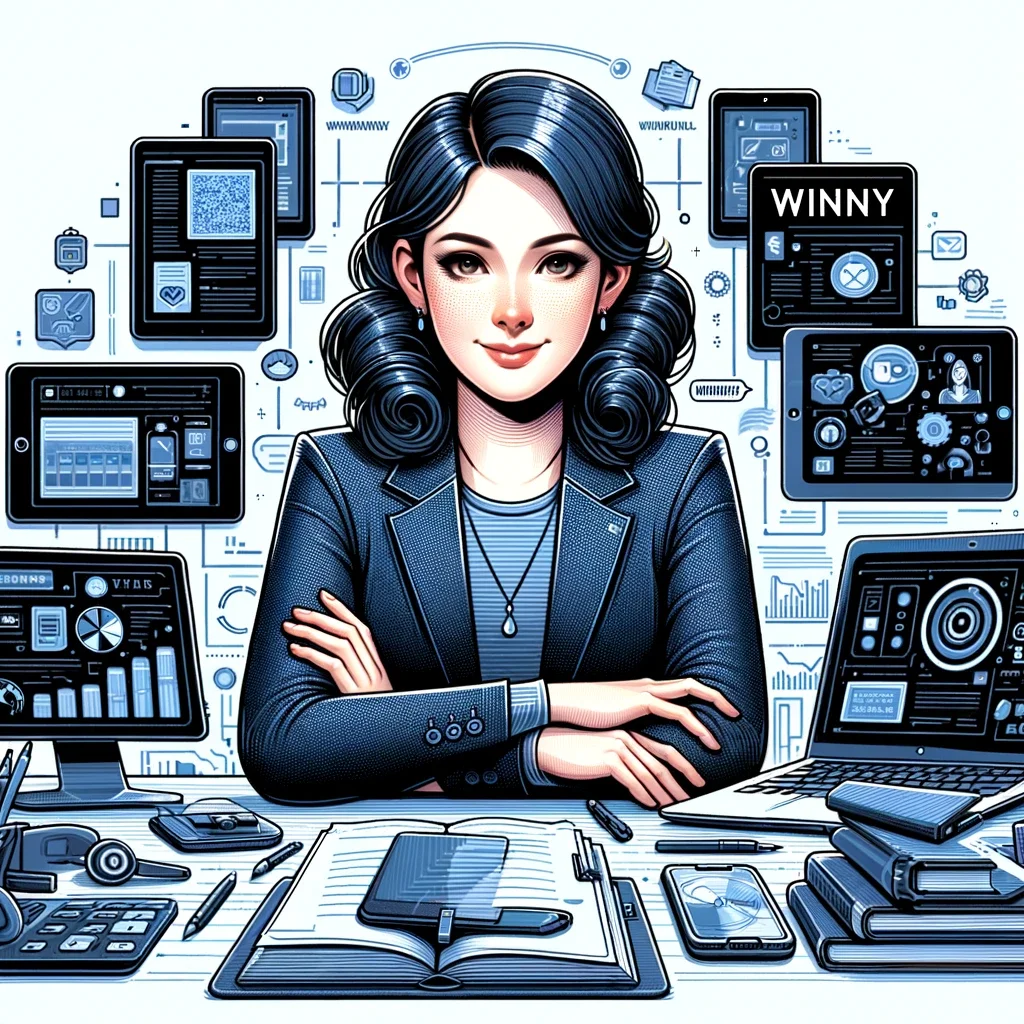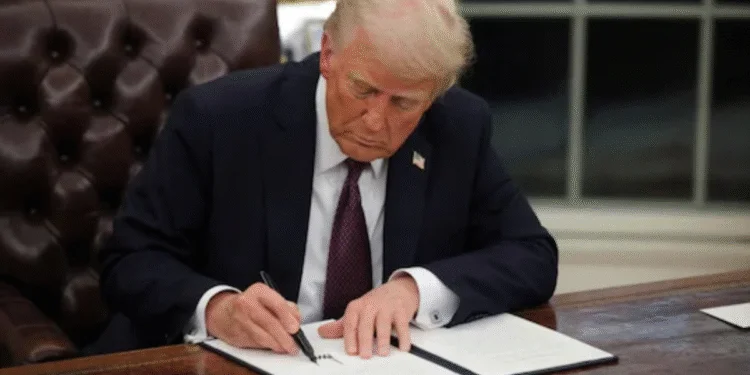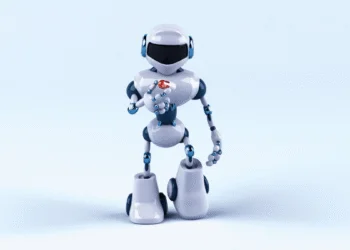By 2030, AI is set to shake up how education works. It’s going to be a key part of learning. Experts think the market for AI in education is going to blow up. It could reach about $32.27 billion in 2030, which is a solid yearly growth rate of 31.2% from 2024.
While everyone talks about bringing AI lessons into schools, the U.S. is making some moves. On April 23, 2025, current President Donald J. Trump signed an executive order called Advancing Artificial Intelligence Education for American Youth.
But what are its advantages and benefits, and what changes will it bring? Let’s understand!
Read Also: Top 10 Best Robotics Communities
Introduction of AI Education Initiative by President Donald Trump: What Is It?
President Trump signed an order to create more educational and job training options for young people in the U.S. The goal is to get kids interested in artificial intelligence (AI) early on, helping America stay competitive in tech.
AI is changing how we work and is having a big impact on our everyday lives. To remain competitive, young people need chances to learn about AI. Getting exposure to this tech early on will help them get ready for jobs in an AI-driven market.
This plan also pays attention to teachers. They will receive resources and training to help them bring AI into their classrooms. Adults who want to keep learning will also have access to tools for building their tech skills in a changing job environment.
To make all this happen, President Trump is setting up the White House Task Force on AI Education.
This group will include people from various government departments, and their job will be to support students and teachers in excelling at AI. They’ll also collaborate across the nation on issues that can be tackled using AI.
The task force is going to work with the government, schools, and businesses to improve AI education. The Secretary of Education will help get AI included in teacher training, while the National Science Foundation (NSF) will look into how AI can be used in education.
The executive order also wants to get the workforce ready for the challenges that AI brings. The Secretary of Labor will direct funding towards increasing AI-related apprenticeships and encourage states to create programs that build AI skills through work experiences.
Together, the Department of Education, Labor, and NSF will provide high school students with chances to take AI courses and earn certifications.
In a Nutshell
The “Advancing Artificial Intelligence Education for American Youth” plan was signed by President Donald J. Trump on April 23, 2025.
- It focuses on teaching AI skills to students from a young age.
- The goal is to help students learn AI early so they can find good jobs in the future.
- The plan also trains teachers to use AI in classrooms and prepare students for a digital world.
Goals and Benefits of Advancing AI Education for American Youth
- Teach young students about artificial intelligence (AI) from an early age.
- Help students understand how AI works and how to use it.
- Prepare students for good jobs in the future AI economy.
- Train teachers to use AI tools in their classrooms.
- Make learning more fun, easy, and personal for every student.
- Encourage teamwork between schools, industries, and businesses.
- Support learning for adults who want new AI skills.
- Build a strong, smart, and creative workforce for the future.
Read Also: Top 20 Certification and Courses Required to Boost Your Career
How Will AI Transform the Future of Learning in the United States?
President Trump’s executive order aims to boost AI education and create job opportunities for young people in the U.S. to take charge in the AI field.
Establishing the Presidential Artificial Intelligence Challenge
- President Trump has called for the creation of the Presidential Artificial Intelligence Challenge (Challenge) within 90 days.
- This challenge will highlight the achievements of students and educators in AI.
- It will encourage geographic adoption of AI technology across the U.S.
- The challenge will promote collaboration between the government, schools, businesses, and non-profits to use AI for solving national issues.
- Multiple age categories and regions will participate, with topics reflecting various AI applications.
- The task force will offer skills, resources, and help for the challenge.
Improving Education Through Artificial Intelligence
- The task force plans to team up with AI companies and universities to help K-12 students learn about AI.
- They’ll create online resources to teach kids important AI skills and how to solve problems.
- The task force will use federal funds to support these initiatives, prioritizing AI education in schools.
- By 180 days, the resources developed will be ready for use in classrooms.
- The task force will also use existing AI resources from institutions like the NSF to improve state and local educational programs.
- The Secretary of Education will guide the use of federal grants for AI-based educational tools and programs.
Enhancing Training for Educators on Artificial Intelligence
- Educators will be trained on how to use AI in classrooms to improve teaching.
- Within 120 days, the Secretary of Education will focus on AI in teacher training programs.
- AI will help reduce administrative tasks and improve teacher evaluations.
- Teachers will receive training on integrating AI into various subjects and on teaching computer science.
- The NSF and the Department of Agriculture will also support AI teacher training through existing programs.
Promoting Registered Apprenticeships for AI Skills
- To increase AI-related apprenticeships, the Secretary of Labor will:
- Develop and grow apprenticeship programs in AI-related jobs.
- Use federal funds to support these apprenticeships and work with businesses to set industry standards.
- Encourage states to use Workforce Innovation and Opportunity Act (WIOA) funding to create AI skills training.
- Support high school students to take AI courses and certifications through partnerships with schools and employers.
- Promote AI as a priority in federal scholarship and fellowship programs.
Conclusion
AI is set to speed up learning and make it more interesting for students by creating lessons that match what each student needs. Teachers will get AI tools that help them support students better, allowing everyone to learn at their own speed.
It’ll also help spot and fix learning issues quickly, making education run smoother. Schools are likely to bring in smart tech to make learning better, getting students ready for jobs that need AI skills. With these changes, America will stay competitive and keep leading in technology.
Also Read: Top 10 Best AI Communities in 2025


















